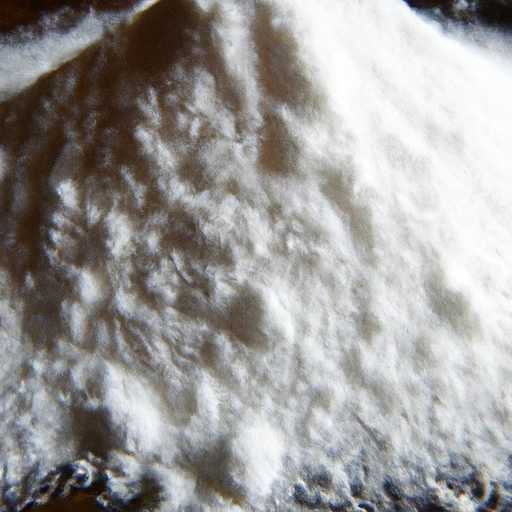Icing Sugar
Description

Icing sugar, also known as powdered sugar or confectioner's sugar, is a finely ground type of sugar that dissolves quickly. It's made from granulated sugar that has been ground to a smooth powder and usually contains a small amount of anti-caking agent such as cornstarch to prevent clumping. In terms of measurements, icing sugar is often specified in recipes by volume or weight, with equivalents such as 1 cup (approximately 120 grams or 4.2 ounces) in American units, 100 grams in European metric units, or 3.5 ounces in Imperial units.
Common uses
Icing sugar is commonly used for frosting, icing, and glazes on cakes, cookies, and pastries. It's also a key ingredient in whipped cream, candy making, and as a dusting on desserts for a decorative and sweet finish.
Nutritional value
Calories
Typically, 1 teaspoon of icing sugar contains about 15 to 20 calories.
Protein
Icing sugar contains a negligible amount of protein, less than 0.04 grams per teaspoon.
Fat
There is essentially no fat in icing sugar itself.
Carbohydrates
A teaspoon of icing sugar consists mostly of carbohydrates, with about 4 grams per teaspoon.
Vitamins
Icing sugar does not contain any significant amount of vitamins.
Minerals
As a refined product, icing sugar has minimal mineral content.
Health benefits
As a form of pure carbohydrate, icing sugar does not offer health benefits and should be consumed in moderation as part of a balanced diet.
Potential risks
The consumption of high amounts of icing sugar can lead to increased caloric intake, weight gain, and dental issues like cavities. It can also contribute to blood sugar spikes, particularly concerning for individuals with insulin resistance or diabetes.
Common recipes
Icing sugar is a key ingredient in buttercream frosting, royal icing, fondant, and many other dessert coatings. It is also used in dessert sauces and to make homemade confectioneries like marshmallows and fudge.
Cooking methods
Icing sugar is usually not cooked but rather mixed into recipes at room temperature, whisked into batters, or sifted onto finished desserts.
Pairing with other ingredients
Icing sugar pairs well with almost any dessert ingredient, including fresh fruits, chocolate, vanilla, nuts, and various spices like cinnamon and nutmeg.
Summary
Icing sugar is an essential ingredient in the realm of baking and dessert making. Its fine texture and quick-dissolving nature make it ideal for creating smooth icings, frostings, and glazes, as well as for adding a sweet dusting to finished desserts. While it has no significant nutritional value, its role in the culinary arts is unmatched when it comes to embellishing and sweetening baked goods.